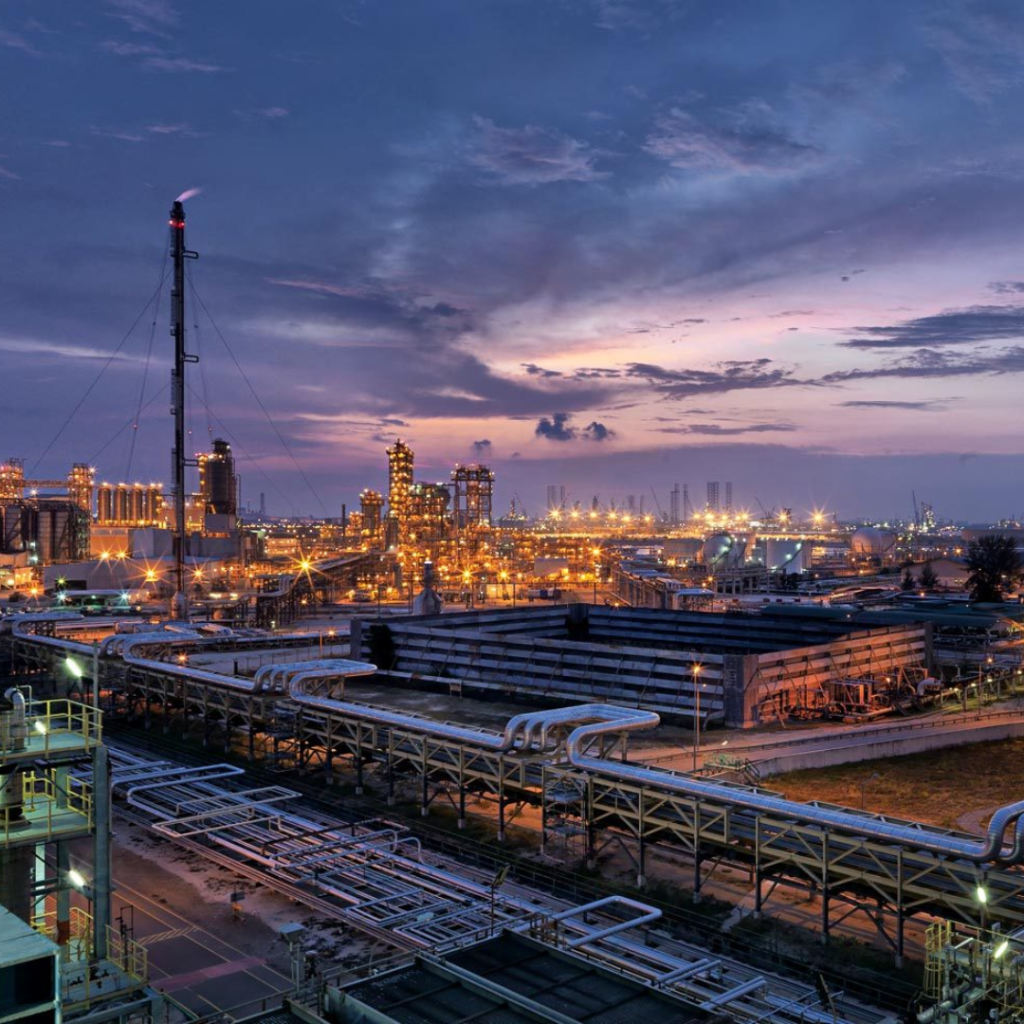
Winterizing Your Industrial Equipment: A September Checklist
Winterizing Industrial Equipment: Essential Tips for Cold Weather Preparation
As the colder months approach, winterizing industrial equipment becomes essential to ensure peak performance and prevent costly breakdowns. Without proper preparation, equipment can suffer inefficiencies, damage, or even failure. At Tulsa Fin Tube, we understand the importance of winterization and offer a comprehensive guide to keep your equipment running efficiently.
Understanding the Importance of Winterizing Industrial Equipment
Winterizing industrial equipment protects against the challenges posed by cold weather. Proper winterization minimizes risks, enhances efficiency, and ensures uninterrupted operations. By following these steps, you can maintain your equipment’s performance and longevity throughout the season.
1. Inspect and Maintain Heating Systems
Industrial equipment that relies on heat—such as boilers, furnaces, and heat exchangers—requires special attention during winter. Regular maintenance ensures optimal performance.
- Clean Heat Exchangers: Keep heat exchangers free from debris to avoid blockages that reduce efficiency and risk overheating.
- Test Heating Systems: Verify that all components, including thermostats and fuel lines, are operational and free of leaks.
At Tulsa Fin Tube, we provide durable heat exchangers that enhance winterizing industrial equipment, ensuring reliable operation in cold conditions.
2. Inspect and Insulate Pipes
Pipes carrying fluids are particularly vulnerable to freezing during winter, which can cause bursts or leaks.
- Inspect for Leaks: Identify and repair any damaged sections before freezing temperatures arrive.
- Add Insulation: Properly insulate pipes exposed to cold environments to prevent freezing and maintain system integrity.
3. Check Lubrication Levels and Replace Fluids
Cold weather affects lubricants and fluids, potentially leading to increased wear and reduced efficiency.
- Use Cold-Weather Lubricants: Switch to low-viscosity lubricants designed for colder temperatures to reduce strain on equipment.
- Flush and Refill Fluids: Replace water or coolant systems with antifreeze mixtures to prevent freezing and ensure smooth operation.
4. Inspect Electrical Systems
Electrical systems face unique challenges during winter, especially in outdoor or semi-exposed equipment.
- Inspect for Corrosion: Clean and maintain electrical connections to prevent issues caused by cold weather.
- Test Batteries: Check the charge and replace weak batteries to ensure reliable operation during colder months.
5. Seal and Protect Exposed Equipment
Outdoor or semi-exposed equipment needs additional protection to withstand winter weather.
- Use Weatherproof Covers: Cover equipment to shield it from snow, ice, and moisture.
- Apply Weatherproof Seals: Check and improve seals on doors, windows, and hatches to prevent moisture ingress and maintain internal temperatures.
6. Maintain Air Compressors
Air compressors are crucial for industrial operations but can suffer efficiency losses in cold weather.
- Drain Moisture: Remove excess moisture from compressors and air lines to prevent freezing or blockages.
- Inspect Filters: Clean or replace filters to maintain optimal airflow and efficiency.
7. Prepare Fuel Systems
Properly winterizing industrial equipment includes ensuring fuel systems are ready for colder weather.
- Add Fuel Stabilizers: Prevent fuel degradation in idle equipment with stabilizers.
- Monitor Storage Tanks: Protect fuel tanks from freezing and maintain adequate fuel levels throughout winter.
8. Train Your Staff on Winter Protocols
Educating staff about winterization protocols enhances safety and ensures equipment is handled correctly during cold months.
- Review Emergency Protocols: Train employees to detect and respond to emergencies, such as frozen pipes or equipment failures.
- Schedule Maintenance Checks: Regular checks help identify issues early, avoiding costly repairs or downtime.
9. Conduct a Final Energy Efficiency Audit
An energy audit is crucial for optimizing performance and reducing costs during winter.
- Identify Inefficiencies: Assess equipment performance to address any inefficiencies before the coldest months.
- Upgrade Components: Consider upgrading to high-performance components, such as finned tubes and heat exchangers, to enhance efficiency.
Conclusion
Winterizing industrial equipment is essential for maintaining performance and preventing costly downtime during cold months. By following these tips, you ensure equipment reliability and operational efficiency. At Tulsa Fin Tube, we specialize in high-quality solutions tailored to industrial needs. Contact us today to learn more about our products and services for winterizing industrial equipment.
If you are interested in learning more about how to maximize energy as the weather gets cold, click here to read an article written on the topic.
